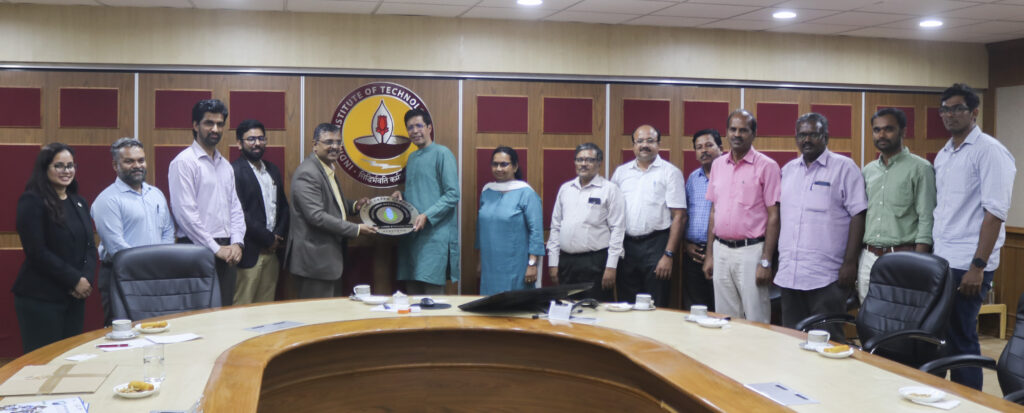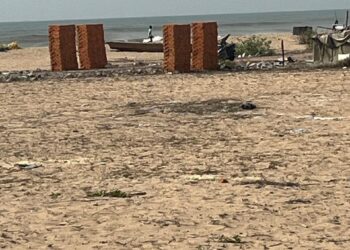IIT Madras has been accorded the ‘Indian Green Building Council (IGBC) Platinum Certification,’ recognizing it as one of the country’s largest and highest-rated green campuses to attain this honour.
The Platinum Certification indicates that the Institute demonstrated exceptional resource efficiency and environmental responsibility. This not only reduces operational costs but also conserves valuable resources. IIT Madras recorded an impressive score of 82 out of 90 points.

The ‘IGBC Green Campus’ is a rating system and certification program developed by Confederation of Indian Industry (CII) to promote sustainable and environment-friendly practices in educational institutions and corporate campuses in India.
Solid waste incinerator
IIT Madras has also established a Solid Waste Incinerator facility with the capacity to process two tons of mixed waste per day that otherwise goes out for landfilling. Prof. V. Kamakoti, Director, IIT Madras, inaugurated the facility on Sept.19, demonstrating the Institute’s commitment towards achieving a sustainable ‘Zero Waste Discharge’.
With source segregation in place, at present, the institute generates about 4 tonnes of solid waste per day. The segregated organic waste is either composted or anaerobically digested in a digester of 1 tonne. Another biodigester of 2 tonne capacity is being constructed. The biogas generated is being used in the hostel sector for cooking. The inorganic waste is further segregated and sold to vendors for recycling.
Despite this, about 300 to 400 kg/day of mixed waste is generated everyday, which was being sent to a landfill. With this facility, the campus will be a ‘Zero Waste Discharge campus. The facility can handle unsegregated wastes with up to 40% moisture content. It will be used to combust food/packaging wastes, partially consumed food wastes, cups, cardboard and big packaging boards and used beds/foams. By incinerating the mixed wastes, the Institute reduces around two tons of CO2-eq GHG emissions. The Institute benefits by reducing expenditure on waste disposal. In the near future, energy extraction is planned by either using a gas engine or by using a boiler and turbine system to produce power.
While the material gets transported from the waste bin to the shredder, the obvious, bigger metals and glass pieces are handpicked and sorted. The mixed organic/ food + plastic + cardboard + packaging wastes in the mixed form are combusted in the rotary kiln. The hot flue gases are cooled down using air in a cyclone unit.
This avoids the use of water to cool the gases. After the gases are cooled to <150°C, it is sent through a series of bag filters, wet scrubber and dry scrubber to bring the emissions within norms and finally let out. The ash collected from the Solid Waste Incinerator can be used for making bricks/construction. In effect, it is a zero-waste discharge unit.
The institute is also in the process of installing an energy recovery system from the incinerator.










